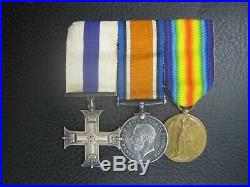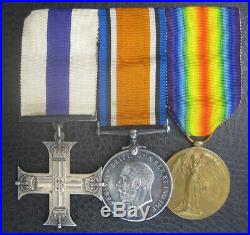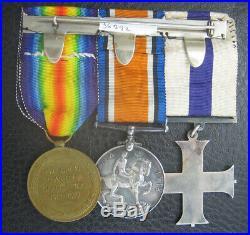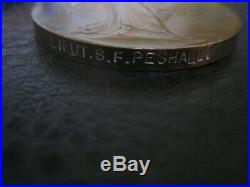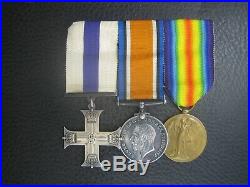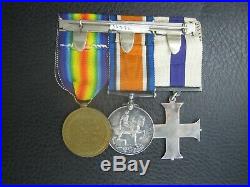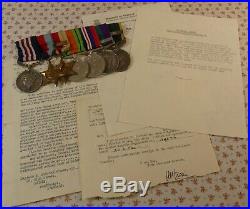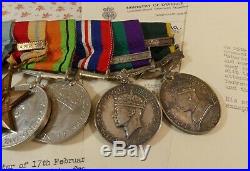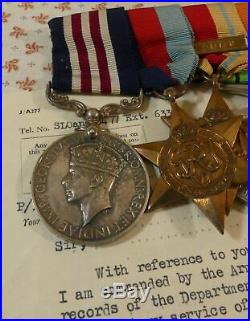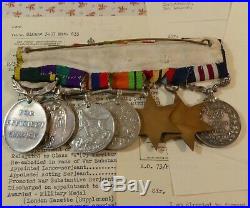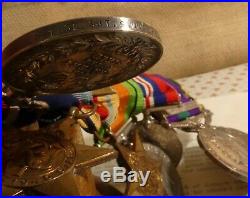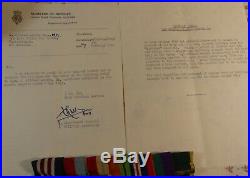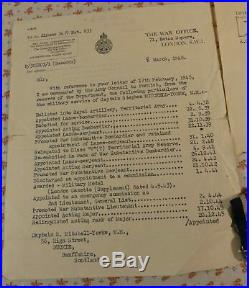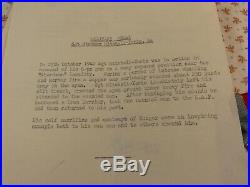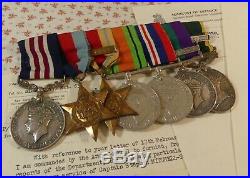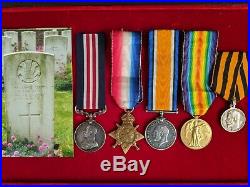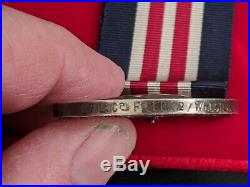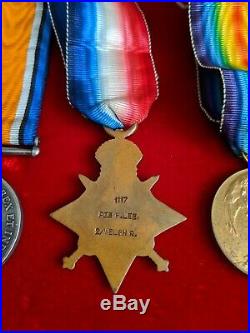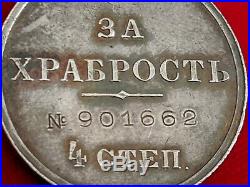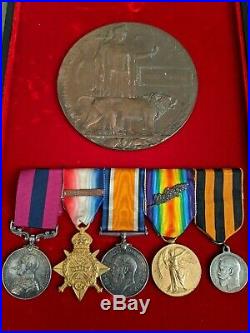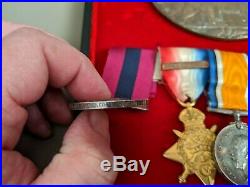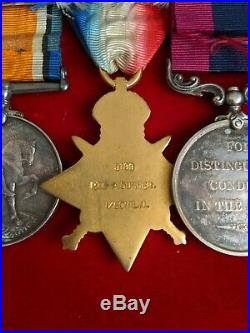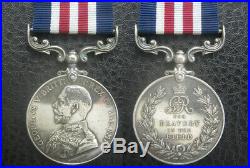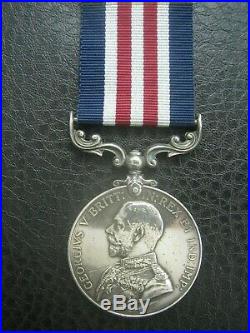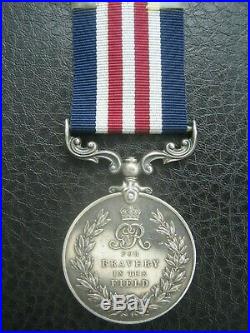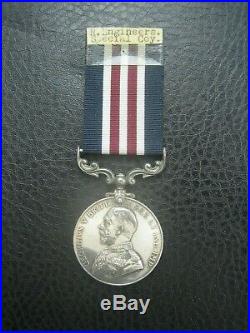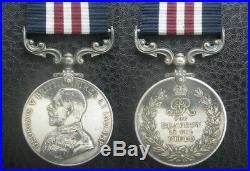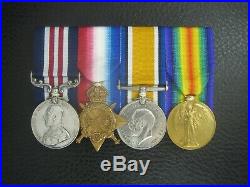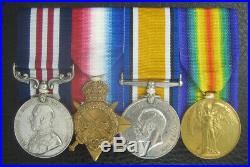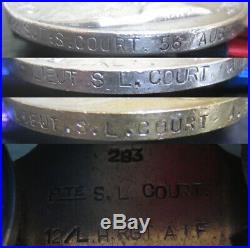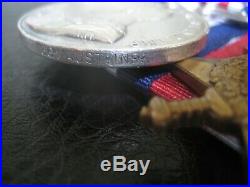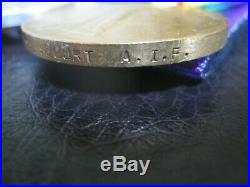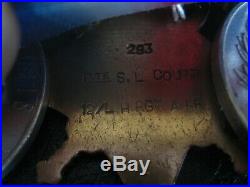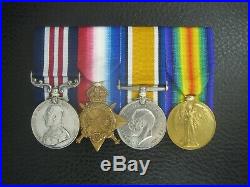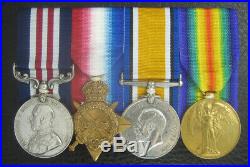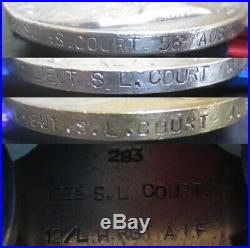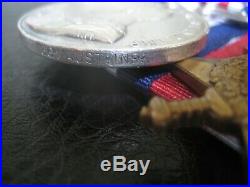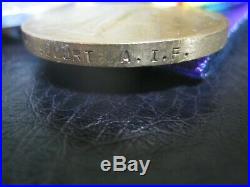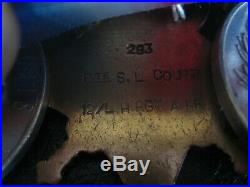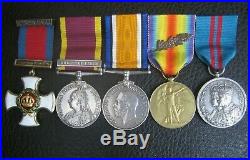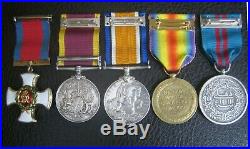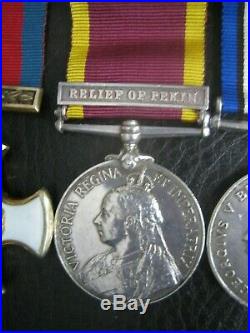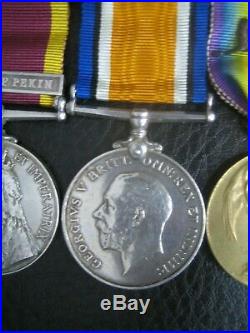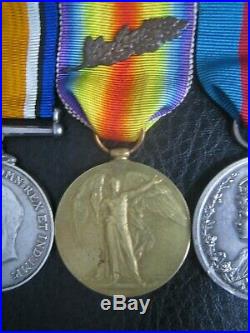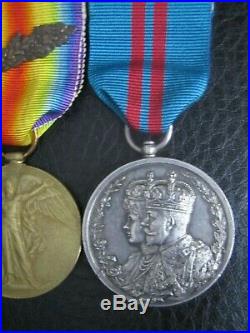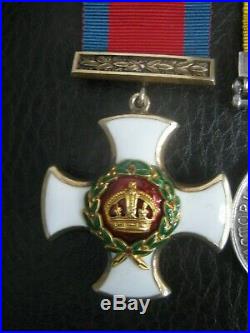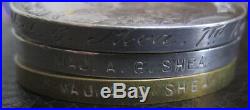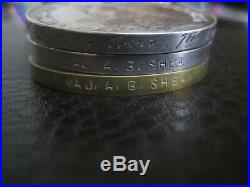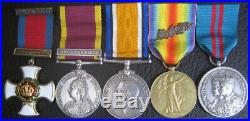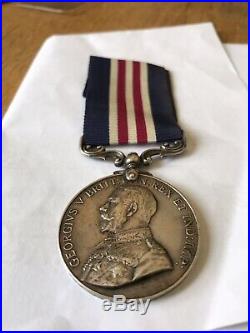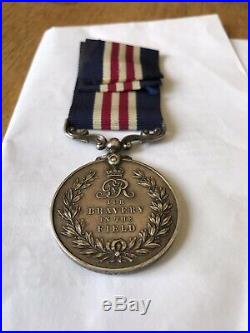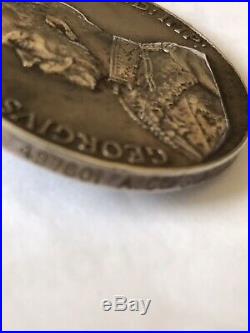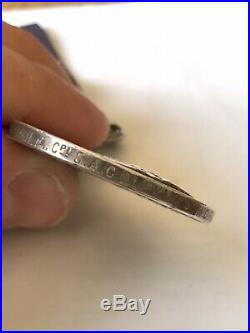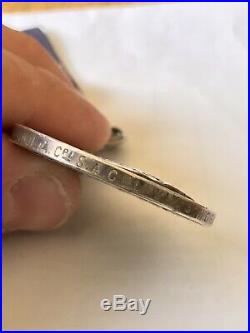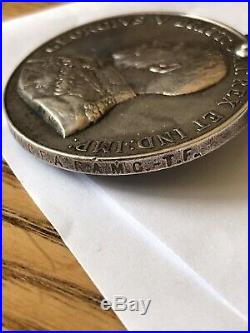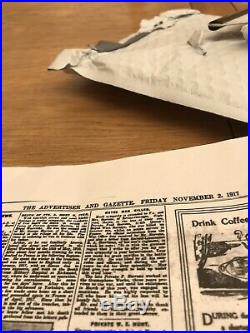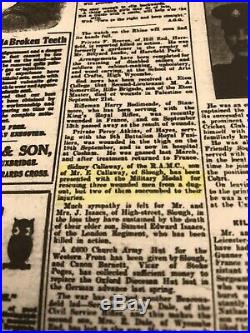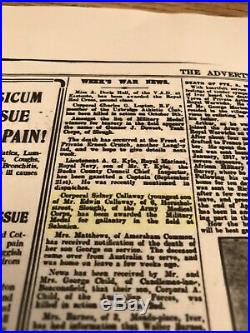An outstanding Great War D. And Russian Medal of the Order of St. George group of six awarded to Lance-Corporal P. Gunner, Somerset Light Infantry, who having earned his Russian award and a’mention’ for gallantry at Ypres, was killed in action before he could receive his well-deserved D. Distinguished Conduct Medal, G. ; 1914 Star, with clasp 9199 Pte. British War and Victory Medals, M. Oak leaf 9199 Pte. Imperial, Medal of the Order of St. George, 4th Class, officially numbered’165069′ and impressed upon the rim’9199 Pte. , together with the recipient’s Memorial Plaque (Percy Gunner). For conspicuous gallantry, when he carried important messages under heavy fire. He has been previously recommended for his bravery and ability, on an occasion when he took command of his platoon after all the non-commissioned officers had been killed or wounded. Russian Medal of the Order of St. Was born in 1895 at Gunner’s Farm, Worplesdon, Surrey and enlisted in the 1st Battalion, Somerset Light Infantry at Tregantle, Cornwall. Having landed in France on 21 August 1914, Gunner was quickly in action and gained a’mention’ in the despatch of Field Marshal French, dated 20 November 1914, covering the period of activity 11 October – 2 November 1914. During this period of fighting in the Armentieres-Ypres area, the 1st Battalion was prominent in and around Le Gheer and St. 17 February 1915, refers. The Battalion earned 13′mentions’, this being one of two to Privates. Gunner gained further laurels in 1915 – the Russian Medal of the Order of St. George and the Distinguished Conduct Medal. Transferred to the 8th Battalion, which landed in France in September, journey’s end would come on 6 December 1915, aged just 20. Fellow battalion member, Private J. Carpenter, also aged 20, would be killed on the same day. Gunner is buried alongside his comrade in the Chapelle-d’Armentieres New Military Cemetery and is commemorated upon the Burpham Memorial, Surrey and in Bath Abbey. Percy’s younger brother, Frank, had his leg blown off whilst serving with the Duke of Cornwalls Light Infantry just two days prior, 4 December 1915. A third brother, John, served with the Irish Guards. I Collect RFC / WW1 RAF CASUALTY GROUPS SO MOVING ON A FEW ITEMS, CHECK OUT MY OTHER GROUPS. P/M If YOU HAVE ANY RFC CASUALTIES. I Collect RFC / WW1 RAF casualty medal groups, let me know if you have any. LOOKING FOR THE FOLLOWING PLAQUES. George Alec Parker, Geoffrey Sebastian Buck, George Franks. Cecil Edward Metcalfe, Ernest Gavin. Edgar Noel Moore, William Sadler, George Sadler, John Gibb, Herbert Hamilton, George Mutch, Howard Redmayne Harker. The item “WW1 SOMERSET LIGHT INFANTRY DOUBLE GALLANTRY KIA CASUALTY MEDALS” is in sale since Sunday, April 12, 2020. This item is in the category “Collectables\Militaria\World War I (1914-1918)\Medals/ Ribbons”. The seller is “kingsnorth36″ and is located in New Romney. This item can be shipped to United Kingdom, United States, Canada, Ireland, Australia, Germany, France.
- Type: Medals & Ribbons
- Conflict: World War I (1914-1918)
